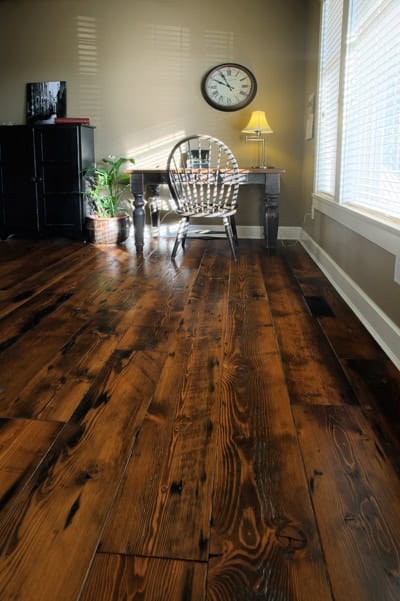
So, every second counts when it comes to user experience - and keeping users on your site. When this changes from 1 to 10 seconds, the chance of a customer bouncing increases by 123%.

Optimizing images can result in a faster website, providing a better user experience - who wants to wait for images to load when trying to scroll through smoothly? But, rather than a simply poor user experience, the impact of a slow website is more significant than you expect.Īs a page’s site speed goes from 1 to 3 seconds, the probability ofīR Bounce Rate Find out more increases by 32%. You can do a much better job optimizing it yourself before uploading the image. If you’ve ever uploaded a beautifully crisp (but large) image to your CMS and it comes out looking blurry, it could be that their automatic compression of the image reduced its quality. In some cases, big files are automatically compressed by yourĬMS Content Management System Find out more, like Shopify and WordPress. In fact, optimizing your images might actually improve their clarity. Optimizing images, when done successfully, will reduce their file size but maintain their quality. Websites can also handle more content more comfortably when each image or video takes up less space.

For example, smaller file sizes require less storage space, so sites load faster.

And so, optimizing these images will improve your site performance. More often than not, bulky image file sizes impact your site speed.


 0 kommentar(er)
0 kommentar(er)
